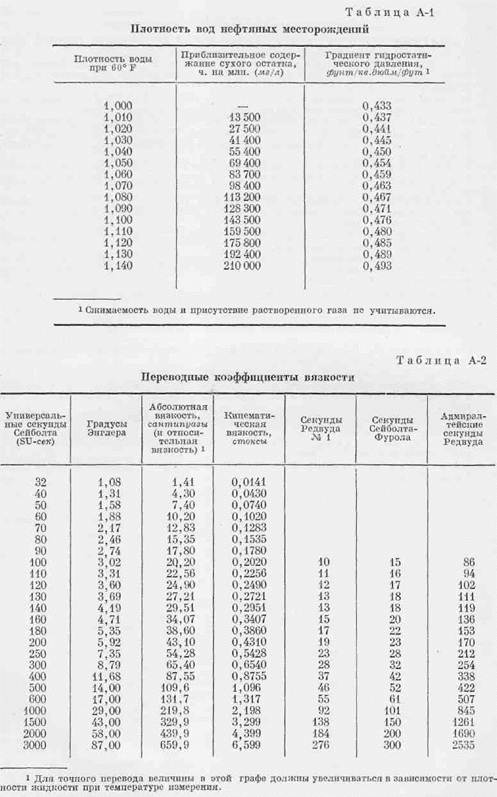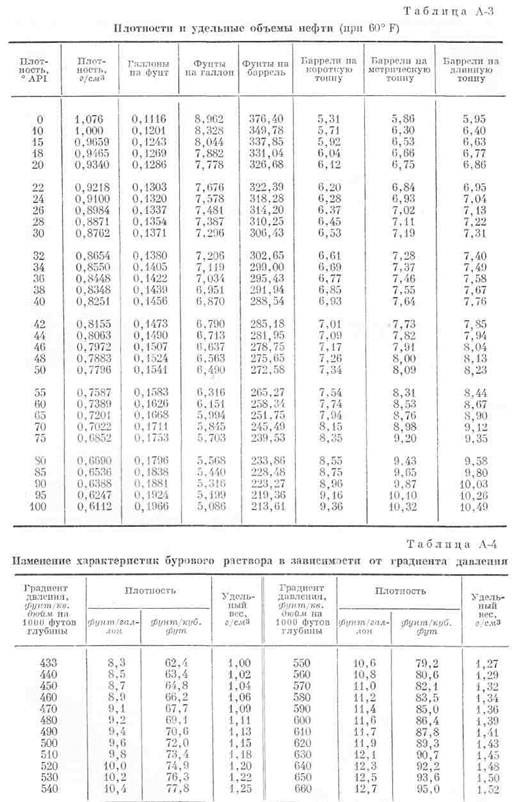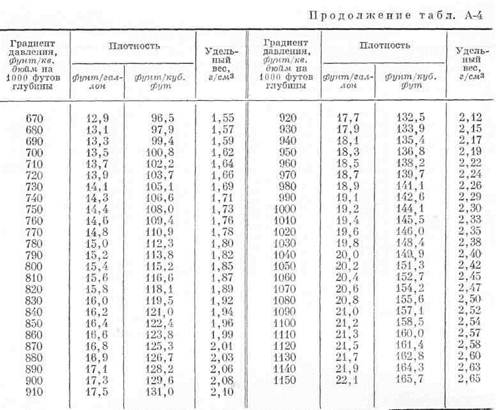Дополнительный список литературы
Литература
DeGolyer E., Vance H., Bibliography of the Petroleum Industry, Bull. 83, A. and. M. College of Texas, College Station, Texas, 725 p., 1944.
Dunbar С. Р., Dunbar L., A Selected List of Periodicals, Serials, and Books Dealing with Petroleum and Allied Subjects, Department of Conservation, New Orleans, Louisiana, 218, p., 1939.
Economic Geology Publishing Company, Urbana, Illinois, Annotated Bibliography of Ecomic Geology, published annually since 1928 (Включает раздел «Нефть».)
Geological Society of America, Bibliography and Index of Geology Exclusive of North America, published annually since 1933, Annotated, Including a section on petroleum.
Hardwicks В. Е., Petroleum and Natural Gas Bibliography, Univ. of Texas, Austin, 167 p., 1937.
Katz D.L., Bzasa M.J., Bibliography for Physical Behavior of Hydrocarbons under Pressure and Belated Phenomena, J.W. Edwards, Ann. Arbor, Michigan, 306 p., 1946.
Peckham S.F., Beport on the Production, Technology and Uses of Petroleum and Its Products, Tenth Gensus of the United States, Government Printing Office, Washigtonn, D. C, 1884.
Bedwood Sir В., Petroleum, 5th ed., 3 vols., С Griffin and Co., London, and J. B. Lippincott. Co., Philadelphia, 1353 p.,
Trask P.D., Bibliography Belating to Organic Content of Sediments, Beport of Committee on Sedimentation, Division of Geology and Geography, National Besearch Council, pp. 37-43, 1937-1938.
U.S. Geological Survey, Bibliography of North American Geology, Since 1785.
Сотников В.С, Указатель книг и журнальных статей по геологии нефти за 1850-1930 гг., ОНТИ, М.-Л., 1932.
Бакиров А.А., Короткая А.Ф., Библиографический указатель работ, опубликованных исследователями нашей страны, по проблеме происхождения нефти и формирования ее залежей, в сб. «Происхождение нефти», Гостоптехиздат, М., 1955.
«Происхождение нефти и газа», библиографический указатель, ред. Иванчук П.. К., «Наука», М.- Л., 1966.
Брод И.О., Левинсон В.Г., Происхождение нефти и нефтегазонакопление, Гостоптехиздат, М., 1955.
Линецкий В.Ф., Миграция нефти и формирование ее залежей, Изд. АН УССР. Киев, 1965.



If you have been following the news you will know that the world’s population recently reached seven billion – probably on 31st October.
The statistics concerning human population growth are astonishing. It was only 12 years ago, in 1999, that the world’s population reached six billion. In 1969 there were 3.5 billion people on the planet, which is to say our numbers have doubled in only 42 years. A century ago, in 1911, there were only 1.8 billion of us: 26% of today’s total.
Scientists who try to estimate the number of people who have ever lived, in the tens of thousands of years since our ape-like ancestors evolved into what we would recognise as human beings, usually come up with figures between 100 and 110 billion. If 100 billion were correct, we could say that 7% of all the humans ever born are alive today.
As for future population growth, it seems there will probably be eight billion people by 2030 and nine billion by around 2050. After that, predictions vary: many experts think the total will rise more slowly, perhaps reaching ten billion by the end of the century; but a few believe the fast rise might continue, leading to a global population of as many as 15 billion by 2100.
There are big differences between rates of population growth around the world. The fastest rates are generally in the world’s poorer countries, including those in sub-Saharan Africa, while the populations of rich countries are mostly growing much more slowly, or even shrinking in a few cases. (Germany and Japan, for example, will have smaller populations in 2050 than they do now.) This fact explains another interesting statistic: in 1900 Europe contained around 25% of the world’s people, but in 2050 it will have less than 10%.
There are many reasons for fast population growth, but the most significant include medical advances and generally improved standards of living in poor countries, which mean fewer deaths from diseases or from malnutrition. Indeed, average life expectancy across the world has risen 20 years since the 1950s, from 48 to 68, and the biggest rises have been in poor countries.
Some people already talk of a crisis of overpopulation, expecting there to be wars over access to natural resources and warning that, because those resources are finite, it is impossible for seven billion people (let alone nine or ten) to have the kind of high-consumption lifestyles that people in the world’s richer countries currently enjoy. Others, however, believe the planet can accommodate another two or three billion humans without a social or environmental catastrophe.
We can only hope the optimists will be proved right.
Seven billion and countingworksheet B
 2013-12-31
2013-12-31 689
689








